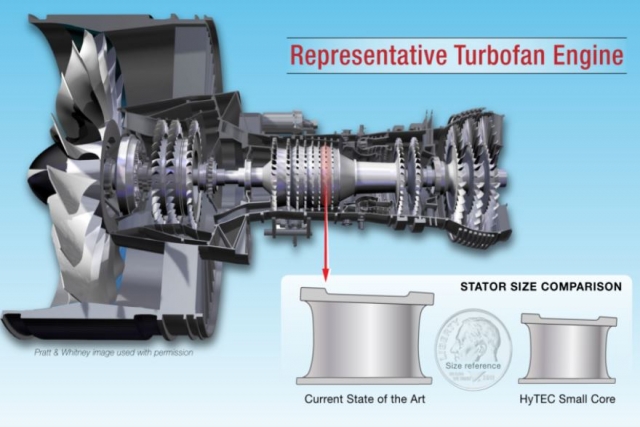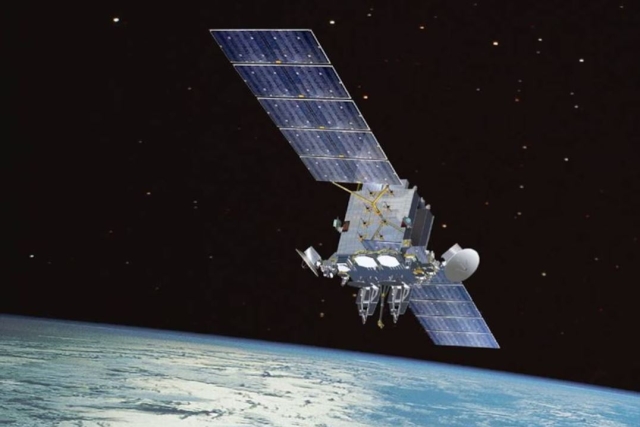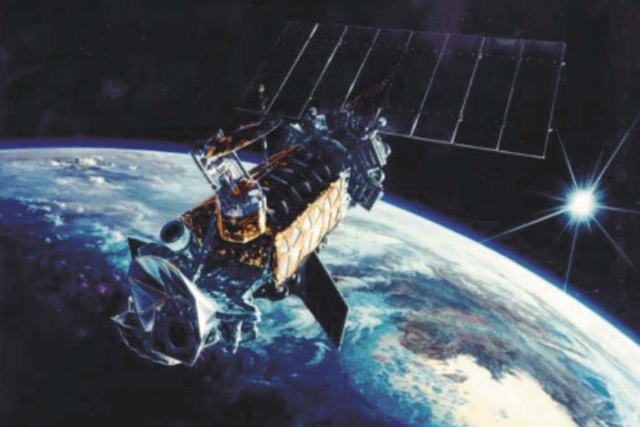NASA Asks GE Aviation to Develop New Compact Engine Core for Single-Aisle Aircraft

GE Aviation’s is partnering with NASA to research advanced engine cores for single-aisle aircraft.
As part of NASA’s Hybrid Thermally Efficient Core (HyTEC) project, GE Aviation has been awarded multiple cost-share contracts for engine core development valued at more than $20 million when including both NASA and GE investments. Plans are to ground test a new compact engine core by the mid-2020s.
GE Aviation will test and mature compact jet engine core designs, including compressor, combustor and high-pressure turbine technologies to improve thermal efficiency. Continued development of Ceramic Matrix Composites (CMCs), an advanced, heat-resistant material, is also a key part of the effort to improve fuel efficiency and reduce emissions.
“The HyTEC project further expands GE Aviation’s partnership with NASA on the future of flight with our shared commitment to accelerate the introduction of technologies that reduce the environmental impact of commercial aviation and make a step-change reduction in fuel burn,” said Mohamed Ali, vice president of engineering for GE Aviation.
These new contracts announced by NASA today build on a previous award GE Aviation already received in 2020 and managed under the HyTEC program. The 2020 award focused on maturing power extraction technology for a next-generation turbofan engine program.
These HyTEC awards, under NASA’s Sustainable Flight National Partnership, also complement NASA’s recent selection of GE Aviation for a megawatt-class hybrid electric technology demonstrator.
GE Aviation is developing compact engine core designs as part of the CFM RISE (Revolutionary Innovation for Sustainable Engines) Program, announced in June 2021. A comprehensive series of technology maturation efforts and demonstrators are planned to increase propulsive and thermal efficiency while also being compatible with alternative energy sources, including 100% Sustainable Aviation Fuel and hydrogen. The technology roadmap includes an open fan architecture, hybrid electric capability to optimize engine efficiency, and a new compact core to target more than 20% lower CO2 emissions by the mid-2030s compared to the most efficient engines today.












